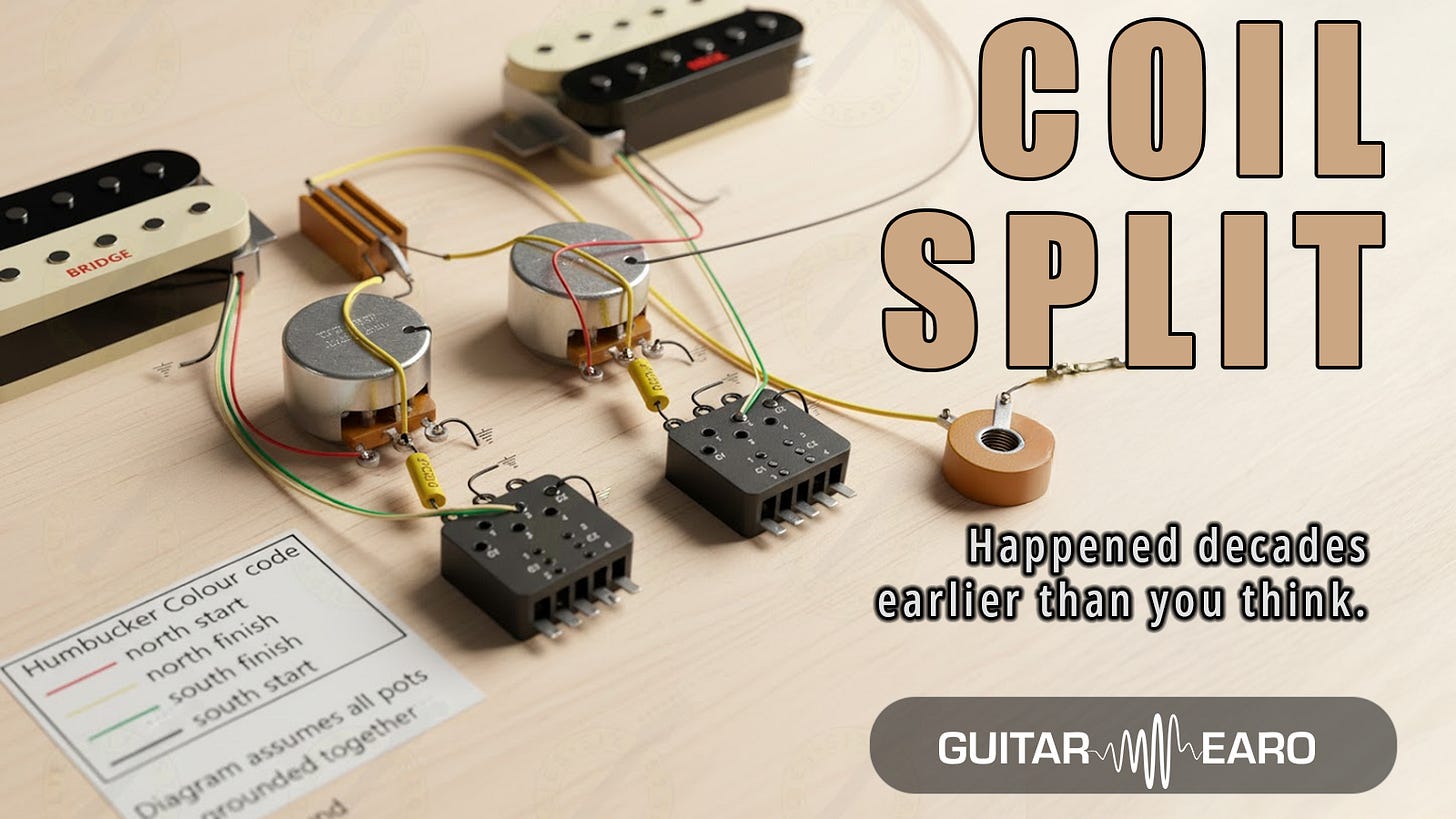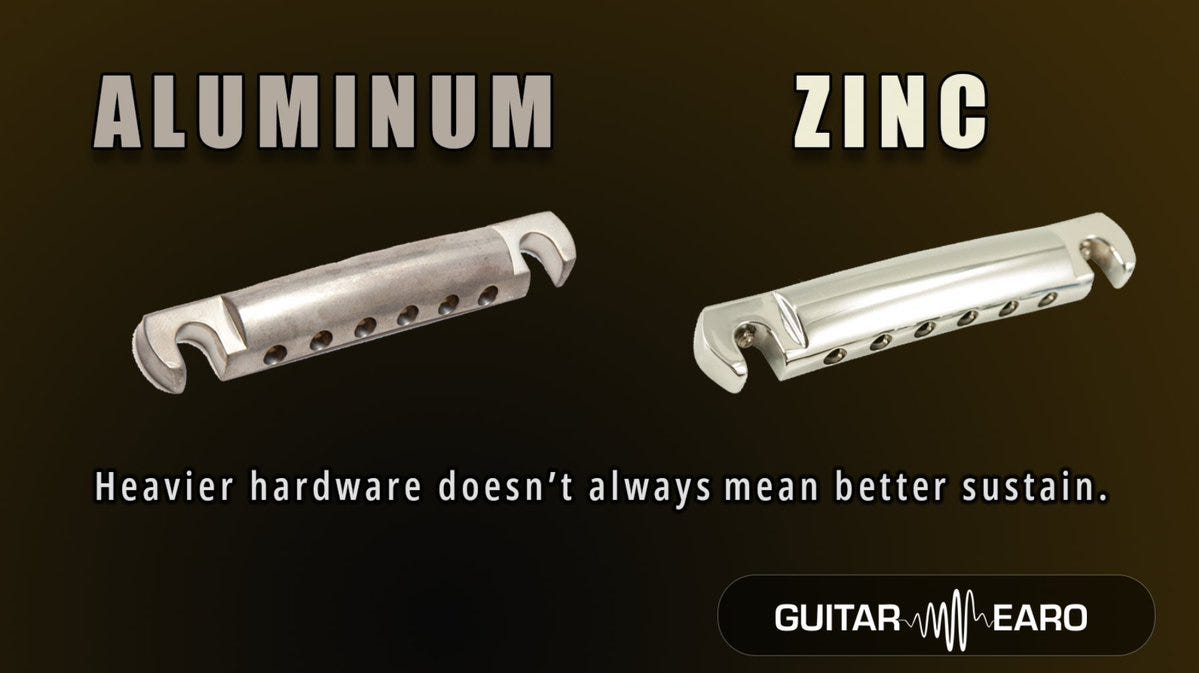Far from being hype, roasting maple (a process also called torrefaction) measurably changes the properties of the wood. And those changes have a direct effect on tone, stability, and feel.
What Is Torrefaction?
Since the mid-2010s, many manufacturers have offered guitars with roasted maple <a href="why-i-do-not-have-a-stiff-neck.html">neck</a>s. The process involves baking maple at high heat in a controlled environment.
The aim is to mimic the changes wood undergoes after decades of natural aging.
Critics call it “fake vintage.” Supporters call it “<a href="do-heavier-guitars-actually-sustain.html">sustain</a>able consistency.”
The science? That’s less open to debate.
The Science: What Heat Does to Wood
When maple is roasted, it loses 5–8% of its mass.
Bound moisture is expelled.
Hemicellulose (a carbohydrate in the wood cell walls) breaks down.
The result is drier, stiffer wood with less internal damping.
And less damping means one thing: longer <a href="do-heavier-guitars-actually-sustain.html">sustain</a>.
The Numbers: Sustain and Output
Laboratory measurements confirm it. For an equivalent pluck, a roasted maple sample holds vibration 0.2–0.5 seconds longer than fresh maple.
Most of that extra life sits in the low midrange, the part of the note that gives it body.
Blind tests show the difference isn’t just theoretical:
Players often describe roasted <a href="why-i-do-not-have-a-stiff-neck.html">neck</a>s as punchier and clearer.
On average, roasted <a href="why-i-do-not-have-a-stiff-neck.html">neck</a>s measure 1–2 dB louder than unroasted maple.
It may not sound dramatic on paper, but across an entire performance, those margins add up.
Stability: A Touring Musician’s Dream
The tonal advantages are only part of the story.
Because roasted wood has already shed much of its bound water, it reacts far less to seasonal humidity changes. That means:
Less neck relief drift across climates.
Fewer truss rod adjustments.
Greater consistency on tour.
For players moving between humid summers and dry winters, or across continents, this is a real, daily advantage.
The Feel Factor
Roasting also changes how necks are finished.
Because the wood is already dimensionally stable, builders can apply much thinner coats, or even skip thick sealing layers altogether.
The result:
A neck surface faster than matte finishes.
None of the “stickiness” associated with high-gloss poly.
A smooth, broken-in feel straight from the factory.
Tradition vs Innovation
The controversy around roasted maple is as much cultural as it is technical.
Traditionalists argue that roasting is a shortcut, preferring decades of natural play to achieve “real” aging.
Innovators embrace roasting as a way to replicate vintage-like tone while using sustainable, faster-growing timber.
Neither side is entirely wrong. One values history and sentiment, the other efficiency and consistency.
The Takeaway
Whatever your stance, the physics is clear:
Roasted maple is measurably drier, stiffer, and lower in damping, and those properties remain stable for life.
That translates into:
More sustain
Stronger punch
Clearer fundamentals
Greater tuning stability
Faster-playing neck finishes
Not a gimmick. A tool. And, for many players, a revolution.
If you enjoyed this myth-busting dive, subscribe to Guitar Earo on Substack for more technical explorations of guitar physics and design.
🎸 Learn the Tone. Save the Sound.




